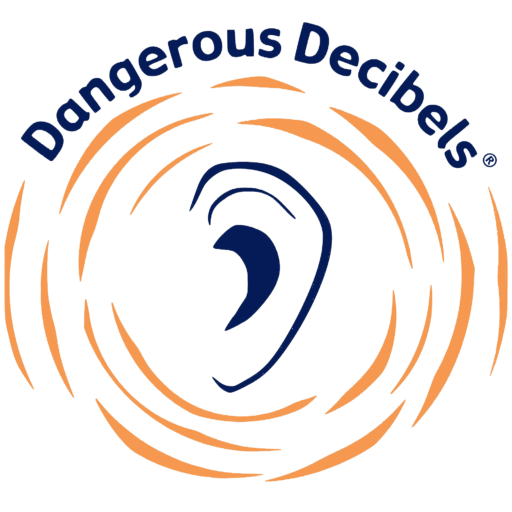Dangerous Decibels Program Walk-Through: 1. Introduction
Three Ways to Protect Your Ears
Third, create curiosity and excitement about the Dangerous Decibels program and the upcoming activities.
- Explain the purpose of the Dangerous Decibels program.
- Begin interacting with the students and engaging them.
- Introduce the 3 ways to protect your ears.

The 3 caution signs are first introduced at this point but keep the signs handy or posted on a whiteboard, since they will be used throughout the Dangerous Decibels Program. We’ve included some mounting putty in your kits to use to help stick them up on walls or surfaces.
